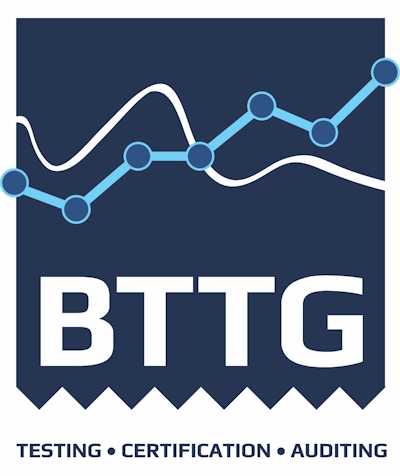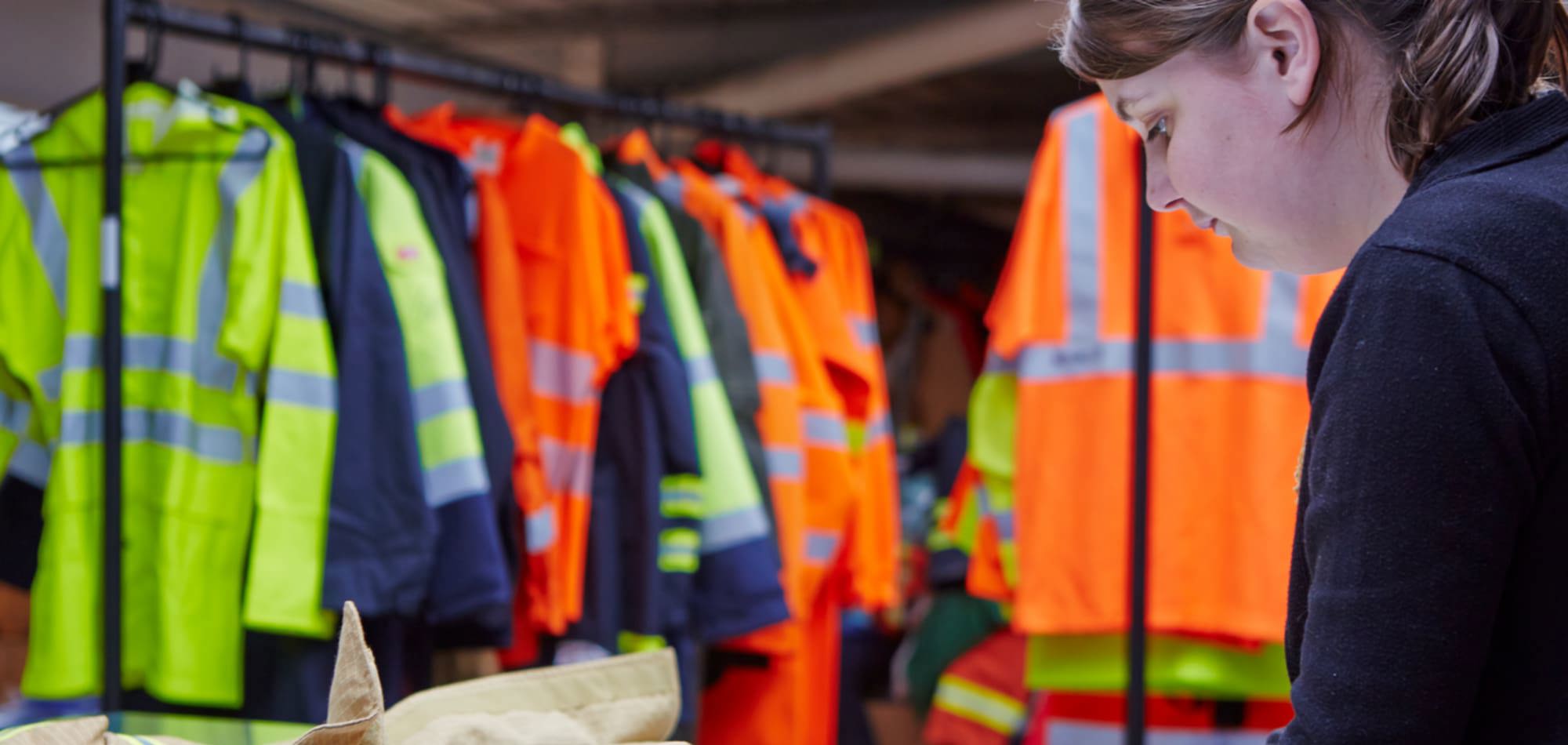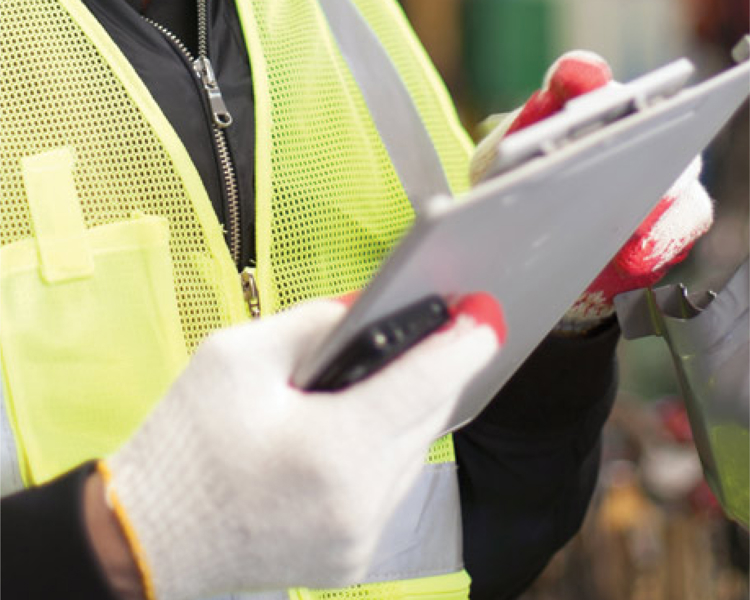Priority Testing
We have perfected the art of such testing to ensure the most critical tests are always performed firstly and results fed back to clients to make any changes that are deemed necessary.
Industry Expertise
Our expert laboratory team includes members actively involved in standards committees, giving us a significant voice in the industry. This unique position allows us to influence and keep testing standards up-to-date, ensuring your workwear meets the latest safety requirements and maintains compliance with evolving regulations.
UKAS Accredited
Our laboratories are UKAS accredited and adhere to ISO 17025 standards, guaranteeing the highest levels of precision, accuracy, and reliability in our testing and analysis processes. Our commitment to excellence means you can trust that your high-visibility and weather-resistant workwear meets rigorous safety criteria, providing peace of mind for both you and your workforce.
Tests We Offer
High Visibility
- ISO 20471 - High Visibility Clothing
- ISO 17353 - Enhanced Visibility Equipment for Medium Risk Situations
- RIS 3279-TOM – High Visibility Clothing
Rain Wear
- EN 343 – Protection against Rain
Cool & Cold Temperatures
- EN 342 – Ensembles and Garments for Protection against Cold
- EN 14058 – Garments for Protection against Cool Environments
High Visibility, Rain Wear, Cool & Cold Temperature - Test Methods
- EN ISO 20471 - Chromaticity & Luminance- As Received, After Pre-treatment, After Xenon Fading Clause 5.1
- ISO 105 C06 - Colour Fastness to Washing
- ISO 105 X12 - Colour Fastness to Rubbing
- ISO 105 E04 - Colour Fastness to Perspiration
- ISO 105 D01 - Colour Fastness to Dry Cleaning
- ISO 105 X11 - Colour Fastness to Hot Pressing
- ISO 105 N01 - Colour Fastness to Hypochlorite Bleach
- ISO 11092 - Water Vapour Resistance (Ret)
- ISO 11092 - Thermal Resistance (Rct)
- ISO 9237 - Air Permeability
- EN 530 / ISO 12947-2 - Abrasion Resistance
- ISO 7854 - Flexing Resistance
- ISO 4674-1 - Tear Strength
- ISO 13934-1 / EN 1421 - Tensile Strength
- ISO 13938-1 - Bursting Strength
- ISO 13935-2 - Seam Strength
- ISO 811 / EN 20811 - Resistance to Water Penetration (Hydrostatic Head) – After Abrasion, Flexing, Fuel & Oil
- ISO 5077 / ISO 15797 - Domestic and Industrial Washing
- ISO 5077 - Dimensional Change
- Design Assessments
This is not a comprehensive list, reach out to our team to explore the full range of what we offer.


Our range of UKAS accredited tests can be found here, together with tests which have recently been approved via our flexible scope.
Between our laboratory team and our technical customer services team, we can provide you with expert guidance throughout the entire testing process from application through to issuing of test report and we will offer continued support once testing is completed.
Please contact our customer service team today if you would like to find out more about any of the services we offer.








